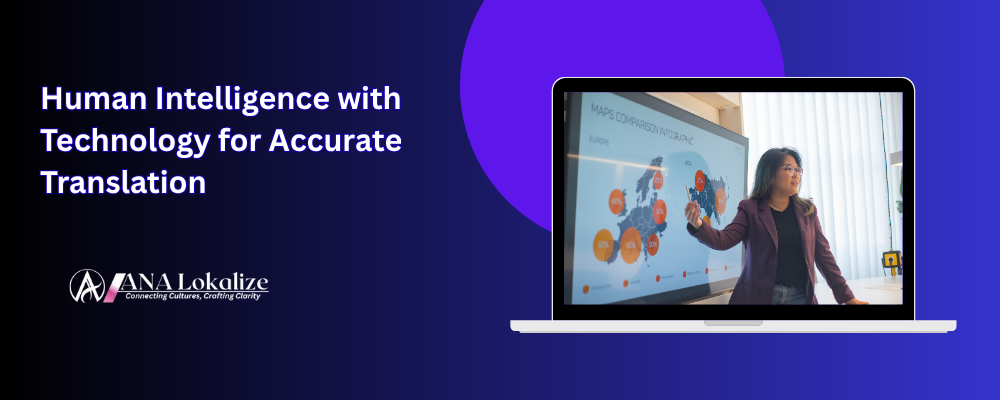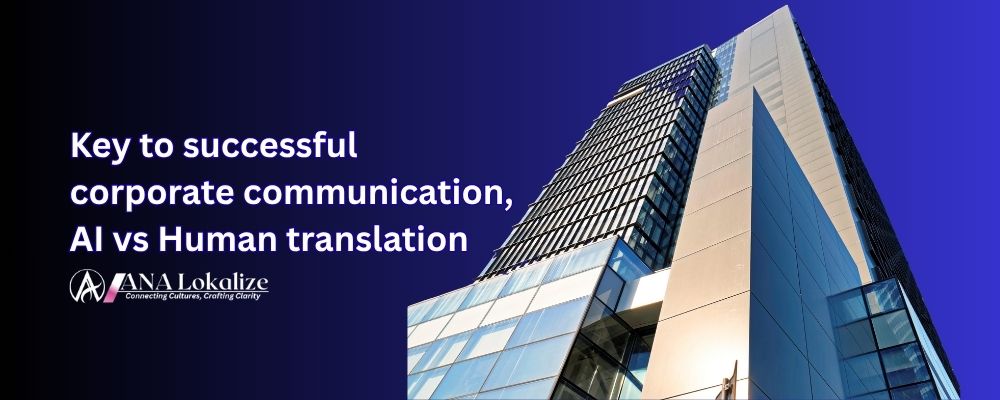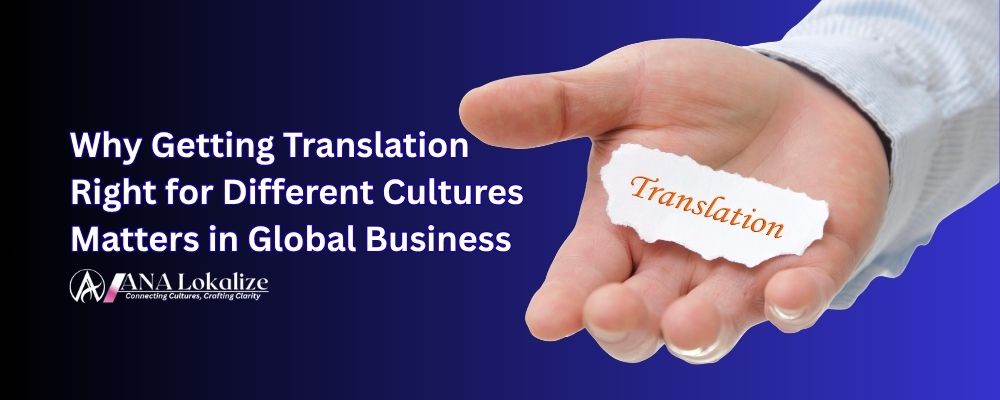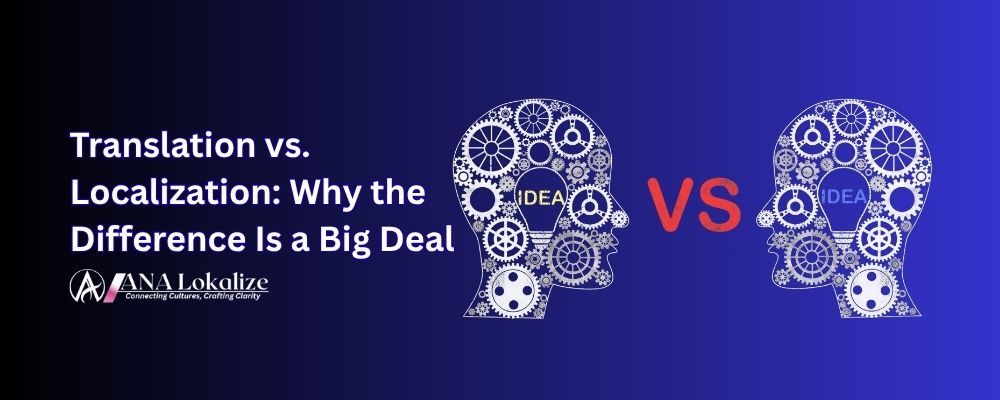How ANA Lokalize Combines Human Intelligence with Technology for Accurate Translation

Translation is no longer just about words. It is about accuracy, culture, and speed. Businesses entering global markets must speak in ways that feel natural to local users. But relying only on machines or only on people is not enough.
ANA Lokalize shows how human skill and smart tools can work together. Their process blends expert translators with modern software to deliver clear and natural translations.
The Need for Balance
Relying only on machines is risky. AI is fast but often misses tone or context. A phrase that makes sense in English may confuse readers in Spanish or Japanese.
Relying only on humans is slow and costly. Translators can manage quality but may struggle with scale. Modern businesses publish thousands of pages, emails, and app screens every year.
The best approach is balance. Technology handles volume. People refine meaning. ANA Lokalize applies this approach in every project.
Step One: Building the Right Team
The first step is people. ANA Lokalize hires professional translators from each target market. These experts know grammar, but more importantly, they know culture. They understand local customs, humor, and tone.
Each project has:
Native translators. They create natural text.
Editors. They review style and accuracy.
Project managers. They track tasks and deadlines.
Designers and developers. They check how text fits on screens.
The team works closely with marketing staff to make sure brand voice is clear. Everyone knows their role, but they share one goal: accurate, natural translation.
Step Two: Using Smart Tools
Technology speeds up the process. ANA Lokalize uses:
Translation memory. Stores past translations and reuses them when the same phrase appears again.
Glossaries. Keep brand terms consistent across languages.
AI translation engines. Create fast drafts for large volumes of text.
These tools reduce cost and prevent errors. For example, if “Smart Travel Card” is always kept in English, the glossary ensures it never gets mistranslated.
But ANA does not trust machines alone. Every AI draft is reviewed by a human. Technology suggests, humans decide.
Step Three: Testing with Local Users
Before launching content, ANA Lokalize tests translations with real users. Small groups in each market read sample pages and app screens.
Feedback often reveals small but important issues. For example:
In Brazil, a polite phrase felt too formal for younger audiences.
In Germany, long compound words broke mobile layouts.
In Mexico, a campaign slogan did not translate well and was replaced.
These tests ensure translations sound right and fit well in design.
Step Four: Continuous Improvement
Translation is never finished. Products change, campaigns update, and new regions open. ANA Lokalize updates its glossary and memory with each project.
This creates a cycle of improvement:
The more projects completed, the stronger the database becomes.
The stronger the database, the faster new translations are done.
Human translators focus less on repeat text and more on nuance.
Over time, quality improves while speed increases.
Results from the Approach
ANA Lokalize has seen clear results from this blended model.
Consistency. Product names and terms stay the same in every language.
Accuracy. Native experts catch mistakes that AI would miss.
Speed. Launches happen on time across all regions.
Trust. Customers feel the brand “speaks their language.”
Support tickets dropped after localized help pages were launched. Sales improved in new markets. Reviews praised clear, natural communication.
Lessons for Other Businesses
Any company planning global growth can learn from ANA Lokalize:
Hire local experts. Machines cannot replace cultural knowledge.
Use technology for scale. Tools cut time and costs.
Keep a glossary. Brand terms must stay consistent.
Test before launch. Real users see what teams may miss.
Update often. Translation is an ongoing process, not a one-time task.
These lessons apply across industries, from e-commerce to travel to software.
Looking Ahead
As AI grows stronger, businesses may be tempted to depend only on machines. But the risks remain. Missteps in tone or meaning can damage trust. Customers expect more than accuracy. They expect connection.
The future will not be machines replacing humans. It will be machines and humans working together. Translators may spend less time on bulk text and more time guiding AI. They will refine tone, adapt culture, and protect brand voice.
ANA Lokalize is already practicing this future. Their blend of people and tools creates translations that are both fast and human.
Final Thoughts
Translation is not just about words. It is about respect. When customers read text in their own language, they feel seen and valued.
Machines alone cannot achieve this. People alone cannot scale it. The answer lies in balance.
ANA Lokalize proves that human intelligence and smart technology together create the most accurate, natural, and trustworthy translation. It is not just a process—it is a model for the future of global communication.
Stephane B. Atangana
Professional translation and localization experts with 10 years of experience in helping businesses connect with global audiences.
Search Articles
Related Articles

key to successful corporate communication, AI vs Human translation

Why Getting Translation Right for Different Cultures Matters in Global Business

Translation vs. Localization: Why the Difference Is a Big Deal
Subscribe to Our Newsletter
Get the latest translation insights and industry news delivered to your inbox.
We respect your privacy. Unsubscribe at any time.
